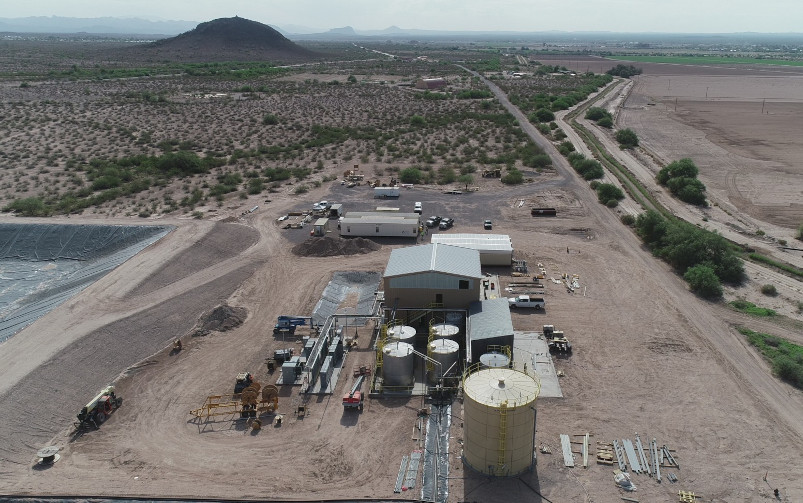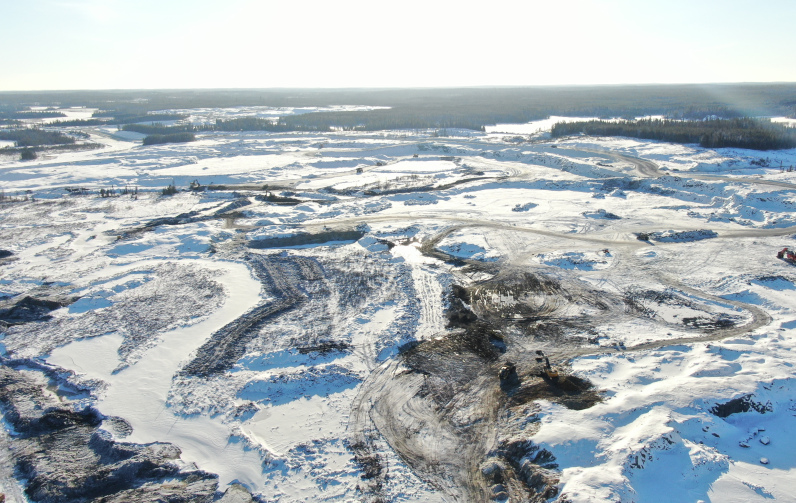James Connolly, head of projects and capital for Vale base metals, delivered the keynote speech at the Capital Projects Symposium.
Rejection is typically not seen as a positive, but for James Connolly, being able to reject mining projects quickly and easily is an important and necessary action, and one that should be taken more often.
Connolly, who is head of projects and capital for Vale base metals, delivered that message as the opening keynote speaker at the Capital Projects Symposium, an event held March 27 to 29 in Toronto by the Canadian Institute of Mining, Metals and Petroleum. And it is a message that the audience of 200 took to heart.
“You need to understand your statistics. The majority of projects get stopped. And they should be – 75 per cent of them should be stopped at the scoping phase. The average is 21 per cent, according to IPA Global. If we look at the pre-feasibility study stage, the average is about 15 per cent that get stopped, recycled or killed, within that pre-feasibility [stage]. It should be in the 25 to 50 per cent range,” he said, explaining that by letting unviable or unprofitable projects linger, “you’ve just burdened the organization with more, and then you’re surprised when it’s not looking so great when you get into that feasibility study. So allow the scoping study to reject, allow the pre-feasibility study to reject. Management won’t be happy, but it’s the right thing to do.”
Doing the right thing and making management understand the reasons for those decisions, even if those decisions do not make managers happy, was the underlying theme of Connolly’s presentation. There was, however, a silver lining in his message: doing the right thing usually leads to positive outcomes down the line and good results for the business’ bottom line.
That is why he suggested having at least two projects at the pre-feasibility study stage at the same time: if one runs into roadblocks the other is still “loaded” and ready to go. “It’s not cheap, you’re going to more than likely have to double down in terms of value, but it’s worth every penny because you will maintain your stakeholders’ expectations. You will have projects that are viable, and you will be able to grow your business within the expectations of your executives.”
Connolly insisted that projects be considered to have three supporting pillars: risk, health and safety; economic returns; and environmental, social, and governance (ESG). While most business decisions are focused on the economic pillar, and as such the most attention to detail is paid to economic issues and concerns, he believes that an equal focus should be placed on the other two pillars.
Related: New Gold asks how it can soften the effects of shutting down its New Afton mine, even though that eventuality is at least a decade away
On the ESG front, he said it is common for mining companies to say that they look at all aspects of ESG, but, “Do you look at them at every turn? At every decision you make during a project? When you go to your board, when you go to your investors, are you presenting those numbers right up front with the same rigour that you look at the economic returns?”
According to Connolly, obtaining a social licence to operate from local communities and stakeholders is worth the time and the effort as it “typically ensures project success. We get buy-in from our stakeholders, so focusing on them early allows us to mitigate some of the risks we have.”
Connolly asked similar questions regarding how companies look at the health and safety and risk pillar.
“I think the challenge for us in the next five years of project development is going to be focusing on those other two pillars, whilst maintaining IRR, EBITDA, pre-cash flow, whatever you want to use,” he said.
Of course, telling business executives things they do not want to hear, including that more time must be spent on ESG concerns or that a higher number of projects should be rejected is a difficult task, especially for engineers who were taught to prioritize problem solving over communication skills.
Connolly said that as management culture changes and executives become more responsive to listening to the opinions of a more diverse and inclusive workforce, it is getting easier to share concerns about risks, but there are still ways to ensure that those kinds of messages are received.
“As engineers, it’s hard to communicate. I personally struggle on that side,” he said, and offered some suggestions on delivering an effective message: “Use the ‘what, so what and now what’ [format]. Do not send an email with more than 100 words in it. Less than 20 is ideal for an executive. Keep it short. They understand ‘This will not happen. It is fatally flawed,’ or ‘You are carrying too much risk’ and play to that card. But unfortunately, there is no silver bullet, as the industry is learning.”




